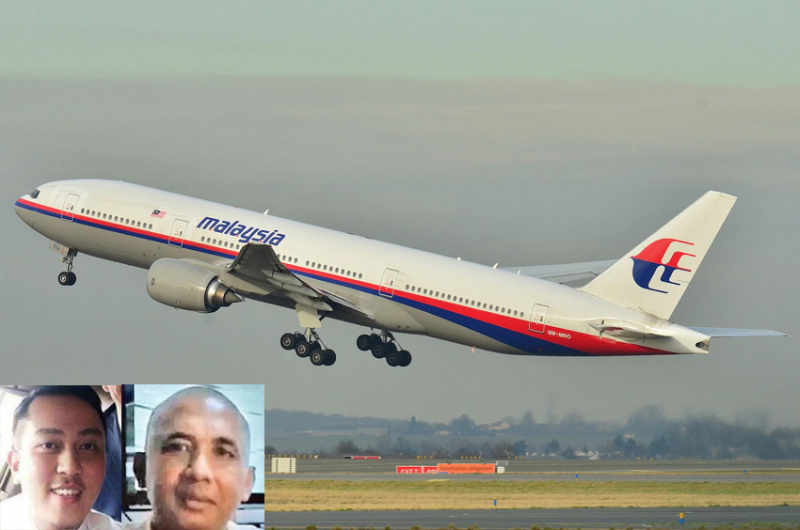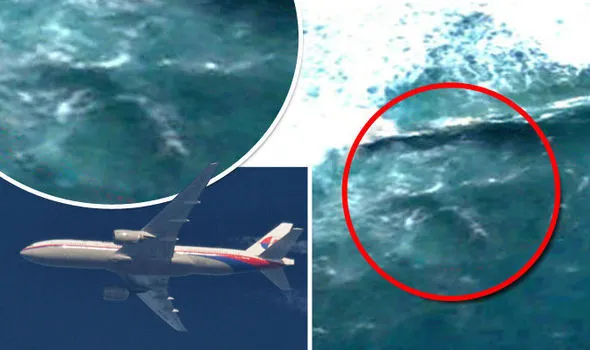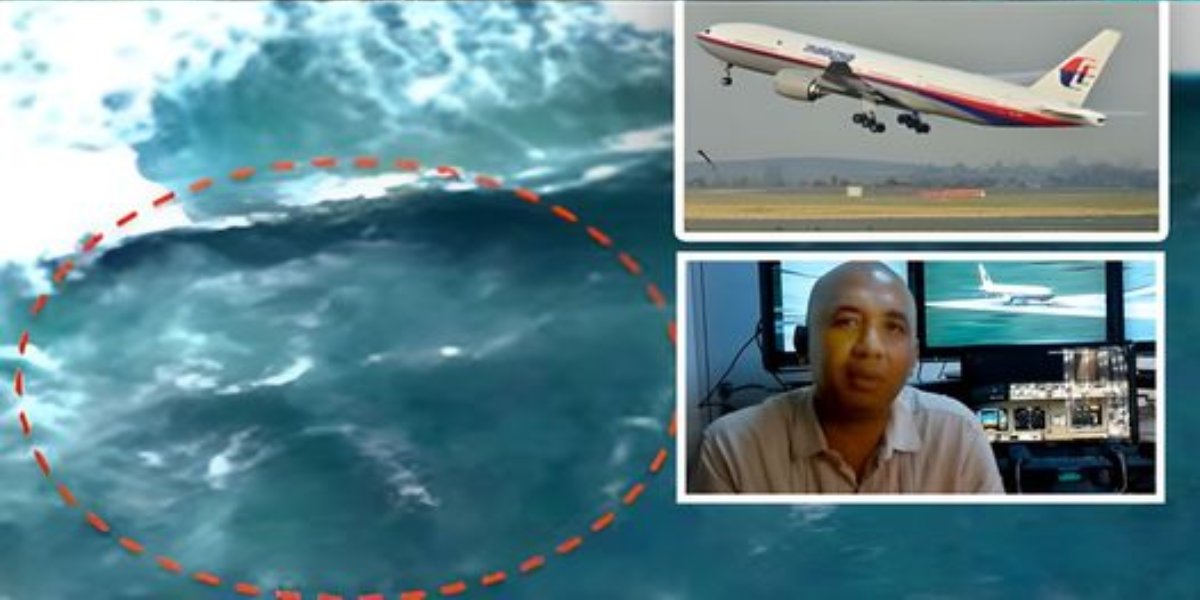The tragic disappearance of Malaysia Airlines Flight 370 (MH370) has baffled investigators and the public alike since it vanished on March 8, 2014. Recent revelations about the pilot’s actions during a critical 22-minute window have reignited theories suggesting a possible murder-suicide.
The 22-Minute Window

Newly analyzed data indicates that during a 22-minute period after MH370 lost contact with air traffic control, the aircraft made several deliberate turns and altitude changes. This precise maneuvering suggests that someone with advanced knowledge and skills was in control of the aircraft.
Pilot Zaharie Ahmad Shah
Captain Zaharie Ahmad Shah, the pilot-in-command of MH370, has been a focal point of various theories. An experienced and respected pilot, Zaharie’s personal life and psychological state were scrutinized during the investigation. Despite no conclusive evidence, some investigators believe that his actions could provide insights into the plane’s mysterious disappearance.
Analyzing the Flight Path

The aircraft’s flight path during the 22 minutes included a turn back across the Malay Peninsula and over the Andaman Sea, deviating sharply from its planned route to Beijing. These maneuvers were not consistent with a typical hijacking or technical failure. The plane’s autopilot was likely reprogrammed during this time, a task requiring knowledge of the aircraft’s sophisticated systems.
Possible Murder-Suicide Scenario
A murder-suicide scenario posits that Zaharie may have intentionally diverted the aircraft. Several factors fuel this theory:
- Flight Simulator Data: Zaharie’s home flight simulator contained data points matching the possible crash site in the southern Indian Ocean. Although not definitive proof, this raised suspicions about premeditated planning.
- Personal Circumstances: Reports of Zaharie’s personal struggles, including marital issues, surfaced, suggesting he may have been under emotional distress. However, friends and family described him as stable and professional.
- Crew and Passenger Control: It is hypothesized that Zaharie could have incapacitated the crew and passengers by depressurizing the cabin. This would cause hypoxia, leading to unconsciousness and eventual death, allowing him to control the aircraft unchallenged.
